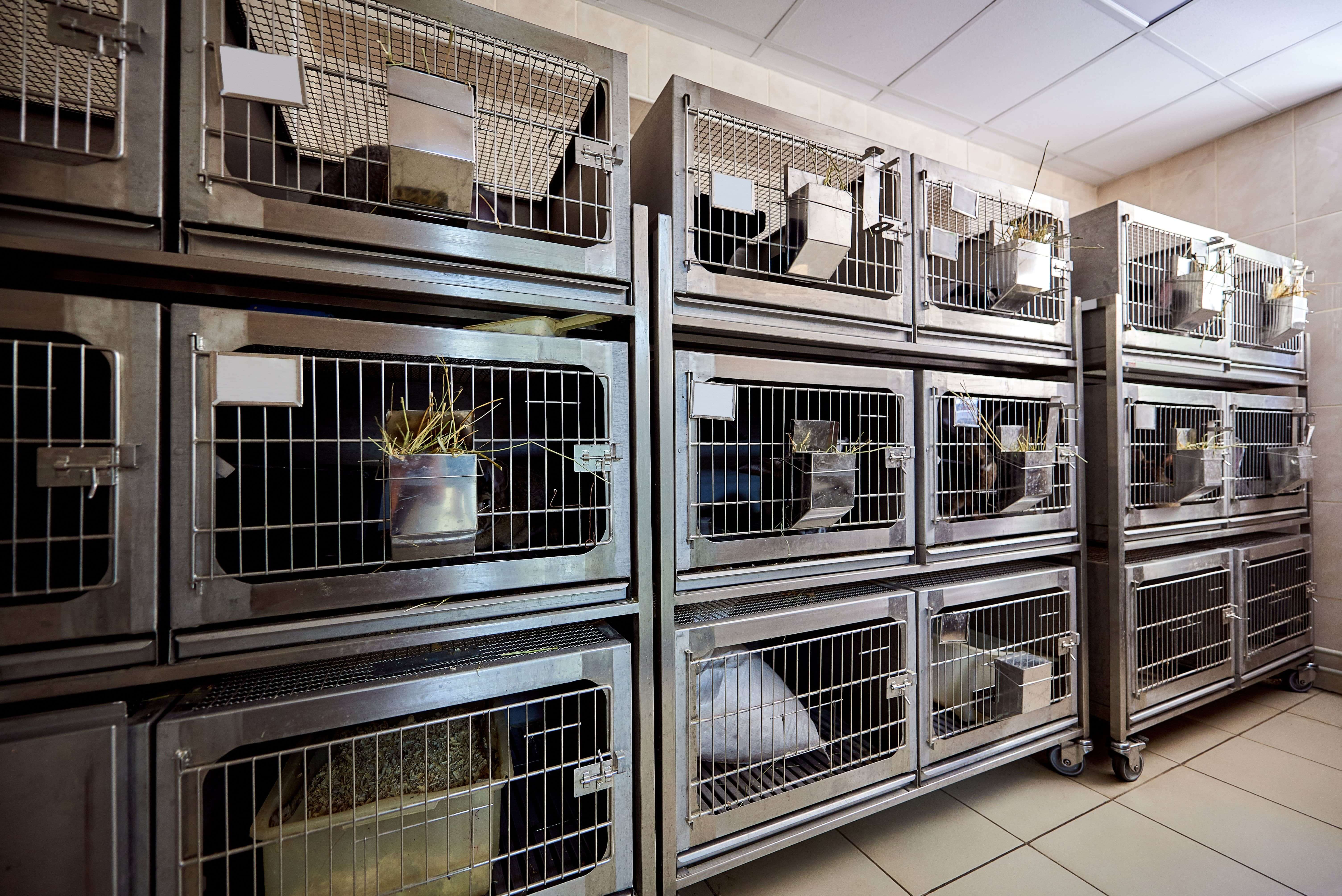Infrared Thermal Imaging Associated with Pain in Laboratory Animals
Abstract: The science of animal welfare has evolved over the years, and recent scientific advances have enhanced our comprehension of the neurological, physiological, and ethological mechanisms of diverse animal species. Currently, the study of the affective states (emotions) of nonhuman animals is attracting great scientific interest focused primarily on negative experiences such as pain, fear, and suffering, which animals experience in different stages of their lives or during scientific research.
Studies underway today seek to establish methods of evaluation that can accurately measure pain and then develop effective treatments for it, because the techniques available up to now are not sufficiently precise. One innovative technology that has recently been incorporated into veterinary medicine for the specific purpose of studying pain in animals is called infrared thermography (IRT), a technique that works by detecting and measuring levels of thermal radiation at different points on the body's surface with high sensitivity. Changes in IRT images are associated mainly with blood perfusion, which is modulated by the mechanisms of vasodilatation and vasoconstriction. IRT is an efficient, noninvasive method for evaluating and controlling pain, two critical aspects of animal welfare in biomedical research. The aim of the present review is to compile and analyze studies of infrared thermographic changes associated with pain in laboratory research involving animals.
Reference: Daniel Mota-Rojas, Adriana Olmos-Hernández, Antonio Verduzco-Mendoza, Hugo LeconaButrón, Julio Martínez-Burnes, Patricia Mora-Medina, Jocelyn Gómez-Prado , Agustín Orihuela. (2021) Exp Anim Feb 6;70(1):1-12
| Interested in learning more about thermal imaging? Request a demonstration with Digatherm and discover how veterinary thermography can help you find problem areas faster and easily monitor treatment progress. |

